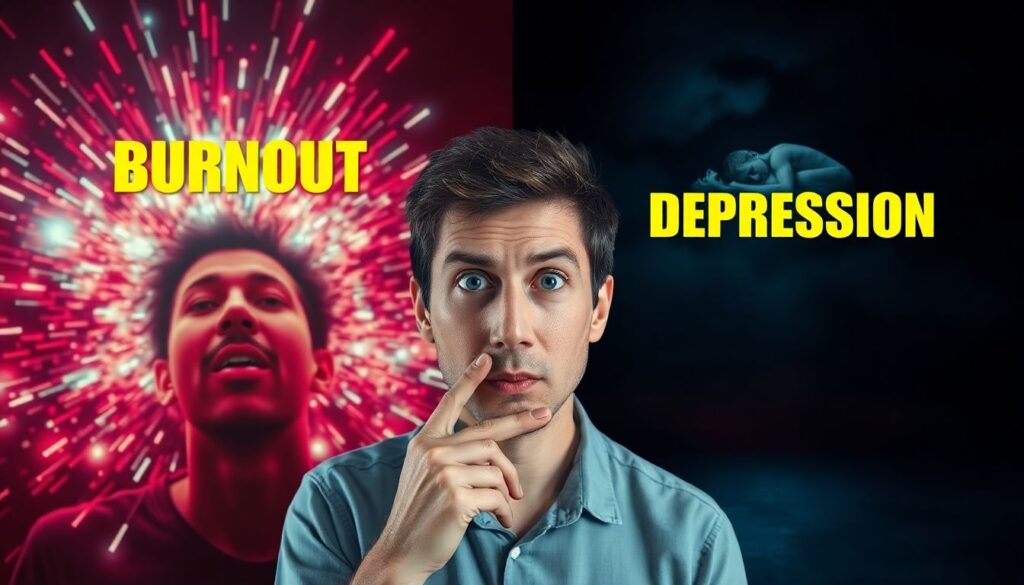
Feeling exhausted, unmotivated, or emotionally numb can be frightening. For autistic adults, these signs often raise the question: Is this burnout, or am I depressed? While they can overlap, autistic burnout and depression are not the same—and confusing them can delay the right kind of support.
In Embracing Self-Care for Autistic Burnout: Your comprehensive resource for managing autistic burnout, we unpack these differences so autistic individuals and their loved ones can better understand what’s really happening.
What Is Autistic Burnout?
Autistic burnout is a state of deep physical, mental, and emotional exhaustion caused by long-term masking, sensory overload, and constant demand without recovery. Symptoms may include:
- Intense fatigue despite sleep
- Loss of speech or reduced communication
- Heightened sensory sensitivities
- Struggles with executive function (planning, memory, focus)
- Withdrawal from social contact to conserve energy
Burnout is usually triggered by external demands exceeding internal capacity for too long.
What Is Depression?
Depression, on the other hand, is a mental health condition often characterized by:
- Persistent sadness or emptiness
- Feelings of hopelessness or worthlessness
- Loss of interest in previously enjoyable activities
- Sleep disturbances and appetite changes
- Thoughts of self-harm or suicide (not present in burnout by default)
Depression is not always tied to external demands—it can exist independently of environment or life events.
Key Differences Between the Two
While the symptoms overlap, some distinctions can help:
- Cause: Burnout comes from overstimulation and prolonged demands. Depression may appear without a clear trigger.
- Relief: Autistic burnout can improve with rest, reduced demands, and sensory care. Depression often requires therapeutic or medical intervention.
- Identity: Burnout often involves feeling “disconnected” from yourself due to masking. Depression involves more global hopelessness.
- Duration: Burnout tends to improve once conditions change. Depression may persist regardless of external changes.
Why the Confusion Matters
Many autistic adults are misdiagnosed with depression when they’re actually burned out. This leads to frustration, ineffective treatments, and missed opportunities for meaningful support like accommodations, sensory regulation, and pacing strategies.
“I was treated for depression for years. It wasn’t until I discovered autistic burnout that things finally made sense.” – Reader review
What to Do If You’re Unsure
- Track your environment: Are demands or overstimulation worsening your symptoms?
- Experiment with recovery: Do low-demand days or sensory breaks bring relief?
- Consult professionals: Find autism-informed therapists or doctors who understand the distinction.
- Trust your lived experience: You know your body and mind best.
The Bottom Line
Depression and autistic burnout are both serious and deserve care. But they aren’t the same—and recognizing the difference is the first step to real recovery.
For practical self-assessment tools, personal stories, and guidance on burnout recovery, explore Embracing Self-Care for Autistic Burnout.
🟢 Learn how to tell the difference in the full guide





